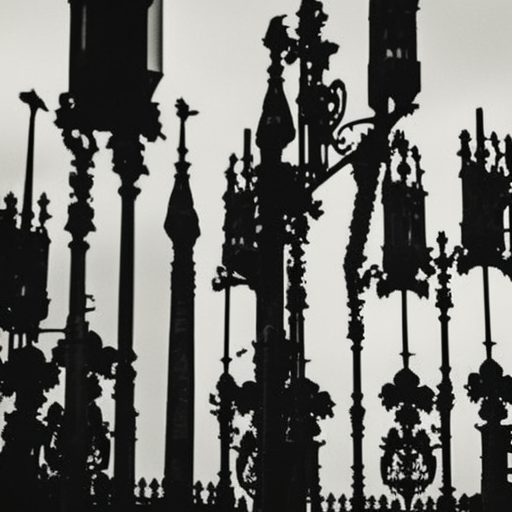Summary:
The Prague Uprising was a major event that took place in Prague, Czechoslovakia, during World War II. It was a rebellion against the German occupation and aimed to liberate the city from Nazi control. The uprising lasted for several days and resulted in heavy casualties on both sides. Although the rebellion ultimately failed, it had a significant impact on the morale of the Czech resistance and became a symbol of resistance against Nazi oppression.
Background:
After the German occupation of Czechoslovakia in 1939, the country was subjected to harsh Nazi rule. The Czech people faced repression, forced labor, and the suppression of their national identity. However, resistance movements began to form, with the goal of liberating the country from German control. The most prominent resistance group was the Czechoslovak government-in-exile, which operated from London and coordinated resistance activities within the country.
Events leading up to the Uprising:
In 1944, as the tide of the war began to turn against Germany, the Czech resistance intensified its efforts. They carried out acts of sabotage, assassinations of high-ranking Nazi officials, and gathered intelligence to support the Allied war effort. The resistance also sought to gain support from the local population and build up their forces for a potential uprising.
The Uprising:
On May 5, 1945, as the Soviet Red Army approached Prague, the Czech resistance decided to launch the uprising. The resistance fighters, supported by the local population, took control of key buildings and strategic positions in the city. They engaged in street battles with German forces and managed to gain control of parts of the city.
German Response:
The German forces, led by SS General Karl Hermann Frank, launched a fierce counterattack to suppress the uprising. They used heavy artillery, tanks, and air support to bombard the city and regain control. The fighting was intense, with both sides suffering heavy casualties. The German forces also carried out reprisals against the civilian population, executing suspected resistance fighters and innocent civilians alike.
Outcome:
Despite their initial successes, the Czech resistance was unable to withstand the overwhelming force of the German military. The lack of support from the Western Allies, who had agreed to let the Red Army liberate Prague, also hampered their efforts. On May 9, 1945, the resistance fighters were forced to surrender. The German occupation of Prague continued until the arrival of the Soviet Red Army on May 10, 1945.
Legacy:
Although the Prague Uprising was ultimately unsuccessful in its immediate objective of liberating the city, it had a lasting impact on the Czech people. It demonstrated their determination to resist Nazi oppression and inspired future generations in their fight for freedom. The uprising also played a role in the post-war political landscape, as it helped to shape the perception of the Czech resistance and their struggle against the Nazis.
Conclusion:
The Prague Uprising was a significant event in the history of Czechoslovakia during World War II. It symbolized the resistance of the Czech people against Nazi occupation and their desire for freedom. Despite its failure, the uprising left a lasting legacy and served as a testament to the bravery and determination of the Czech resistance fighters.












